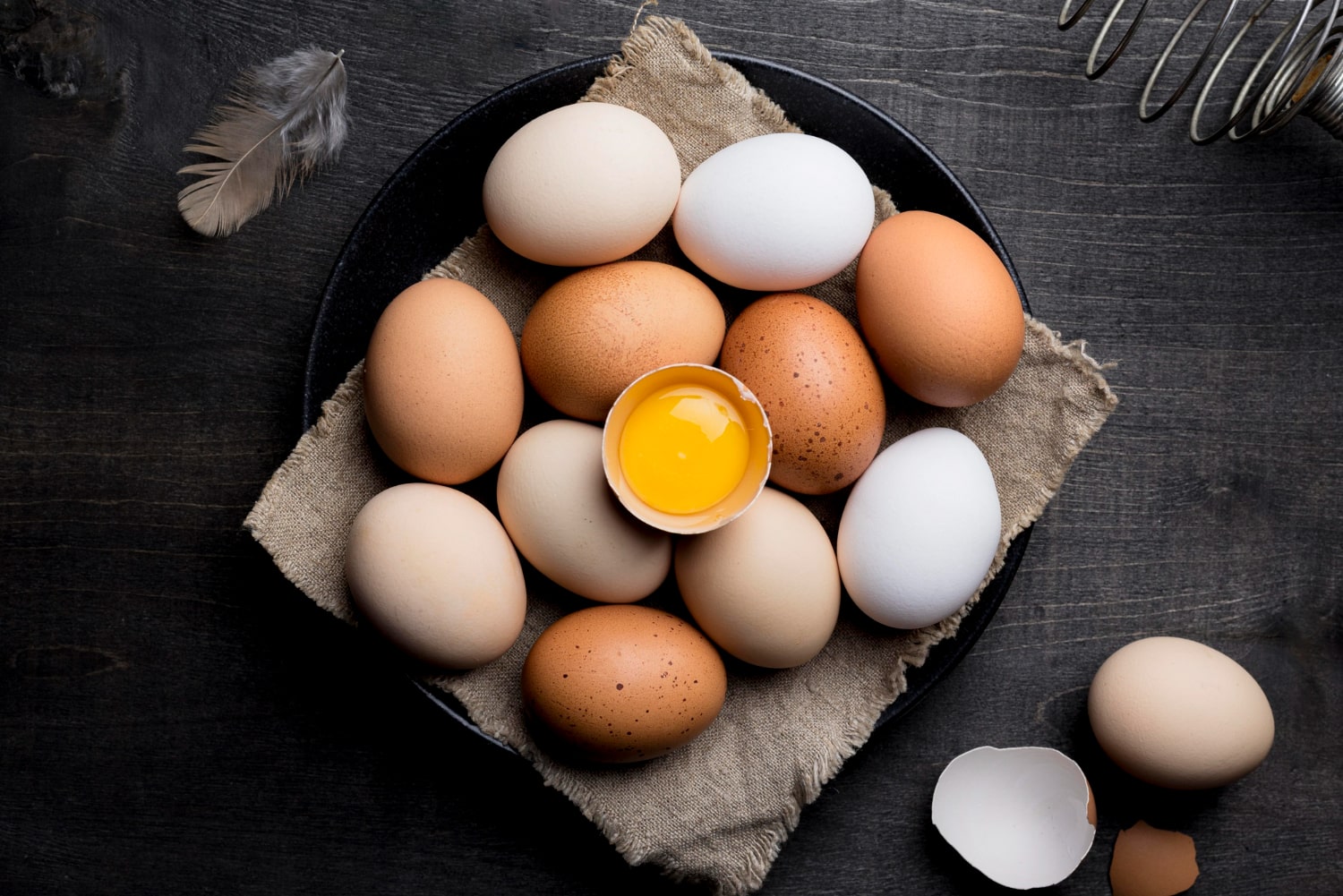Eggs are among the earliest foods used by humans. They are highly nutritious and play an important role in the cuisines of many cultures around the world. While many people see eggs as an ordinary everyday product, they carry significant biological, cultural and historical meaning. This collection presents interesting facts, surprising facts and fascinating facts about eggs that you might not have known. They offer a new perspective on this familiar food.
- An egg consists of three main parts. These are the shell, the egg white and the yolk. Each component has its own structure and functions to protect and nourish the developing embryo. Even the shape of the egg helps distribute pressure so it does not break too easily.
- The eggshell is composed mostly of calcium. It contains microscopic pores that allow air to pass through. The number of pores can reach up to ten thousand. These pores enable gas exchange between the inside of the egg and the external environment.
- The egg white is about ninety percent water. The rest consists mainly of proteins, which are an important source of amino acids. The egg white also contains enzymes that protect the yolk from bacteria. Its clarity and thickness are indicators of freshness.
- The yolk is the most nutritious part of the egg. It contains fats, proteins, vitamins and minerals. In natural conditions it provides nourishment for the developing embryo. The color of the yolk depends on the bird’s diet rather than its species or health.
- The color of the eggshell is determined by the breed of the chicken. White-feathered hens tend to lay white eggs, while brown-feathered hens lay brown eggs. Shell color does not affect taste or nutritional value. It is simply a visual characteristic.
- The size and weight of eggs can vary greatly. The smallest eggs are laid by small songbirds, while the largest are laid by ostriches. An ostrich egg can weigh up to two kilograms. Its shell is strong enough to support the weight of an adult person.
- Egg consumption levels are very high worldwide. On average, a person consumes more than 150 eggs per year. In some countries this number exceeds 300. Eggs are an accessible and valuable source of protein for people of different income levels.
- Eggs have an important place in cooking. They are used to make omelets, baked goods, sauces, desserts and many other dishes. Because egg white coagulates when heated, eggs act as a natural thickener. This makes them essential in many recipes.
- Freshness can be determined by placing an egg in water. A fresh egg sinks and lies flat at the bottom. An older egg floats closer to the surface. This happens because the air pocket inside the egg increases over time.
- People eat not only chicken eggs. Quail, duck, goose, turkey and ostrich eggs are also used in cooking. Each type has its own flavor, texture and culinary use. For example, quail eggs contain a high concentration of nutrients relative to their size.
- In many cultures, the egg is a symbol of life. It plays a role in spring celebrations, holidays and religious rituals. In numerous traditions, the egg represents rebirth, fertility and purity. It therefore has cultural and symbolic importance in addition to its role as food.
- Eggs have high nutritional value. They contain nine essential amino acids that the human body cannot produce on its own. Eggs are also rich in vitamins A, D, E and B-group vitamins. This makes them one of the most important foods for a balanced diet.
Eggs may appear to be a simple product, but they represent a remarkable balance of natural design and nutritional function. They accompany humans in daily meals, cultural celebrations and traditions. Their versatility and nourishment make them a key part of diets around the world. Exploring eggs means discovering biology, history and cultural heritage at the same time.





